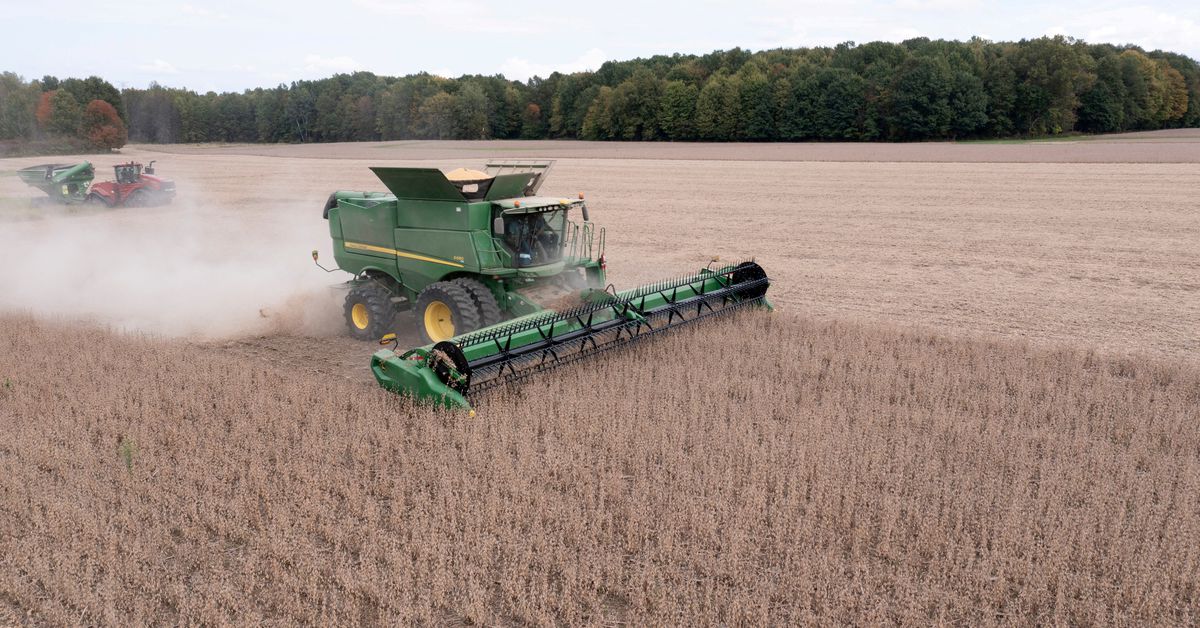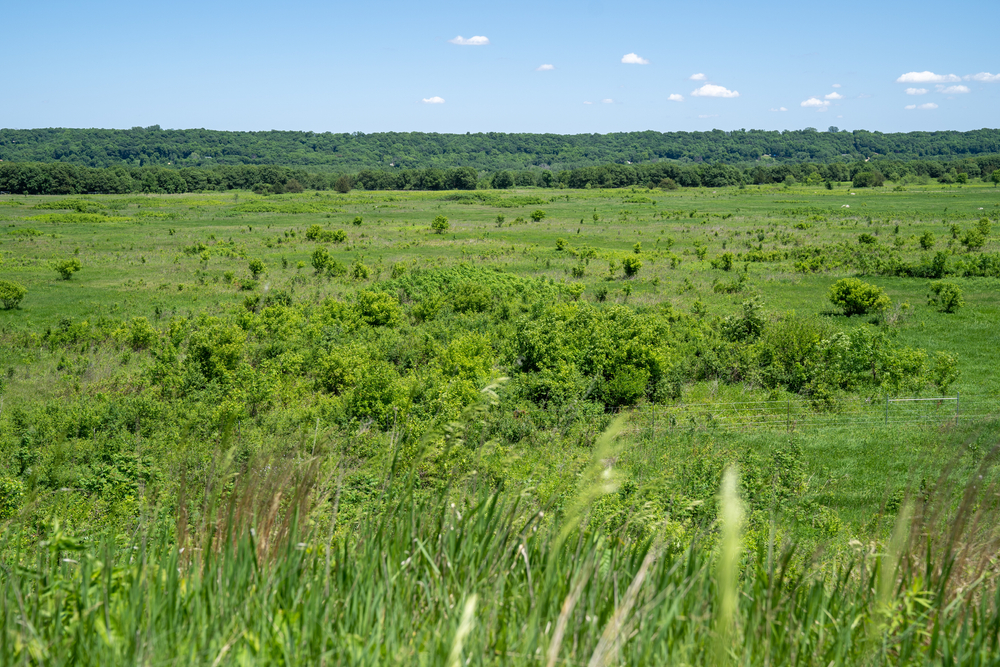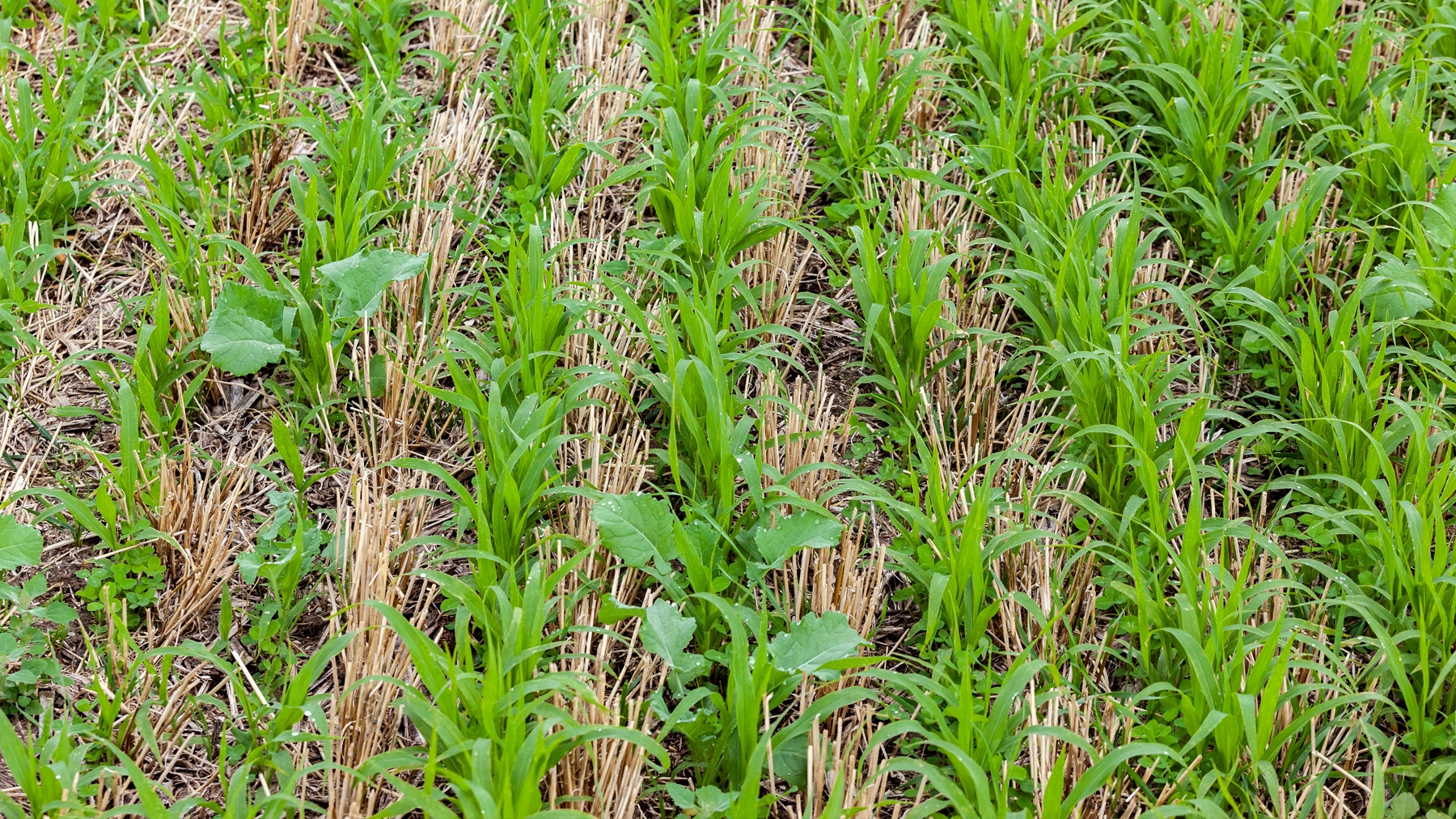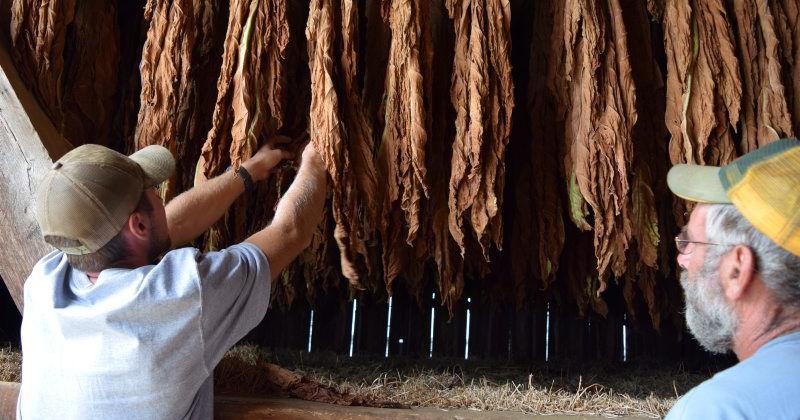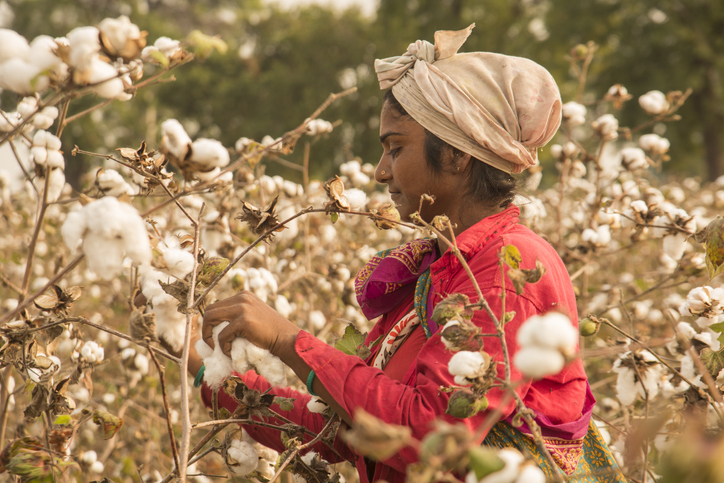Topics: Corn/Maize, Trade (Commodities), Ag North America,
Exclusive: U.S. demands Mexico explain science behind GMO corn ban
The new U.S. agriculture trade chief on Thursday told Reuters that he has given Mexico until Feb. 14 to respond to a U.S. request to explain the science behind Mexico's planned bans on genetically modified corn and glyphosate herbicide.
-
(0)
-
Bookmark
- Comments (2)
 John LaRose Jr.
John LaRose Jr.
Topics: Agriculture Global, Sustainability, Regenerative Agriculture, Renewable Energy (Solar/Wind),
These new vertical solar systems are specially designed for farms
Ground-mount solar installer Sunstall has launched Sunzaun, a company that makes vertical solar systems for farms and agricultural settings.
-
(0)
-
Bookmark
- Comments (0)
Topics: Conservation/Tillage,
Abandoned Farm Fields Take Decades to Recover Biodiversity—If They Can At All
How much does agriculture impact our environment? A new study, published in the Journal of Ecology, shows that, even after 80 years, sites that had once been used for farming still had not bounced back to the levels of plant diversity and robustness they had before human intervention. The study looked at 17 different grassland sites, along test plots at the Cedar Creek Ecosystem Science Reserve in Minnesota. Each of the grasslands had previously been plowed and used for farming, but they were abandoned as early as 1927 and as recently as 2015. Since then, the fields have been left
-
(0)
-
Bookmark
- Comments (0)
 Nancy Kavazanjian
Nancy Kavazanjian
Topics: Livestock/Meat, Cover Crops,
Match Made in Heaven: Livestock + Crops - Green Lands Blue Waters
The project will survey producers in six Midwestern states about the opportunities and barriers related to integration or re-integration of livestock and crop production.
-
(1)
-
Bookmark
- Comments (0)
 Nancy Kavazanjian
Nancy Kavazanjian
Topics: Sugar Beets, AgriBusiness,
https://www.agweek.com/opinion/montana-dakota-sugarbeet-growers-association-expresses-disappointment-about-closure-of-sidney-sugars-factory?utm_medium=social&utm_source=facebook_Agw
Montana-Dakota Sugarbeet Growers Association expresses disappointment about closure of Sidney Sugars factory
"We, the growers, are disappointed in American Crystal Sugar’s decision in closing our local Sidney, Montana, factory."
-
(1)
-
Bookmark
- Comments (0)
02/07/2023 SOURCE: www.farmprogress.com
Carbon Conversations: Taking on new approaches for climate-smart farming should be flexible for regional differences.
Targeting regenerative ag practices
-
(0)
-
Bookmark
- Comments. (0)
02/07/2023 SOURCE: www.lancasterfarming.com
-
(0)
-
Bookmark
- Comments. (0)
02/07/2023 SOURCE: www.agriculture.com
American farmers are entering 2023 in a strong financial position, but the squeeze is getting tighter, according to AgAmerica's 2023 Farm Forecast.
A tougher financial road ahead for farmers
-
(0)
-
Bookmark
- Comments. (0)
02/07/2023 SOURCE: www.just-style.com
Through the Organic Cotton Accelerator (OCA) programme, Levi Strauss & Co. partners with Milliner Organic to source organic cotton.
Levi Strauss to source organic cotton directly from farmers
-
(0)
-
Bookmark
- Comments. (0)
02/07/2023 SOURCE: www.businesswire.com
In time for the 2023 cotton planting season, Bollgard® 3 ThryvOn™ cotton with XtendFlex® Technology is now commercially available. ThryvOn Technology
Bayer Announces Full Commercialization of ThryvOn™ Technology in the U.S., a Unique Cotton Biotech Trait Set to Launch for 2023 Growing Season
-
(0)
-
Bookmark
- Comments. (0)


